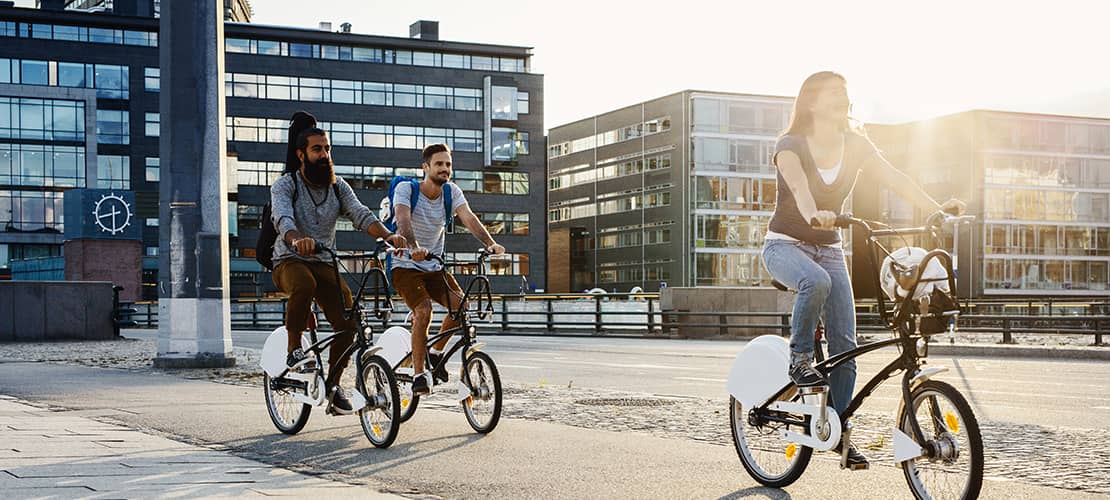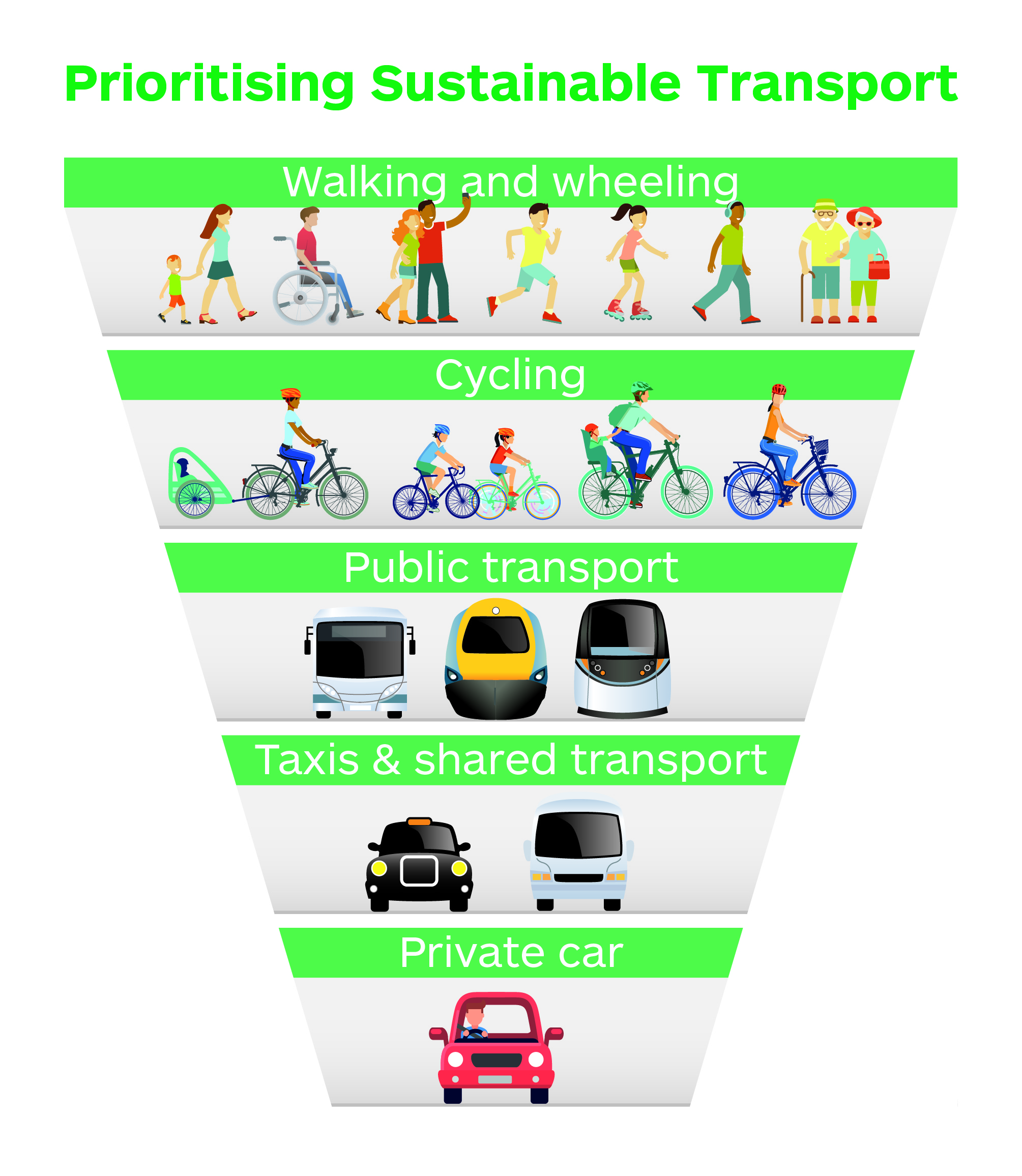How Does Architecture Promote Sustainable Transportation Options Like Cycling And Walking?

When it comes to transportation, most people think of cars, buses, and trains. But the truth is that transportation affects almost every aspect of our lives. From the clothing we wear to the food we eat, everything we consume has to be transported from one place to another. However, the current transportation infrastructure is not sustainable. It has a significant impact on the environment and is one of the largest contributors to climate change. So, how can we make transport more sustainable?
1. Reduce Vehicle Emissions
The first and most important step in making transportation more sustainable is to reduce vehicle emissions. Cars and trucks are major contributors to air pollution, smog, and greenhouse gas emissions. To reduce these emissions, we need to reduce our reliance on fossil fuels and promote the use of alternative fuels such as electricity, hydrogen, and biofuels.
One way to reduce emissions is to encourage the use of public transportation. Instead of driving alone, people should consider taking buses, trains, or other forms of public transportation. This not only reduces emissions but also reduces traffic congestion on the roads.
2. Develop Sustainable Infrastructure
Another way to make transportation more sustainable is to develop sustainable infrastructure. This means investing in bike lanes, pedestrian walkways, and public transportation systems that are powered by renewable energy sources. Sustainable infrastructure reduces greenhouse gas emissions and promotes active transportation, which is good for both the environment and public health.
Sustainable infrastructure also includes the use of smart technology. For instance, intelligent traffic management systems can reduce congestion and idling time, which in turn reduces emissions.
3. Encourage Active Transportation
Encouraging active transportation is another way to make transport more sustainable. This means promoting walking, cycling, and other forms of active transportation. Active transportation is not only good for the environment, but it is also good for personal health.
When people walk or cycle instead of driving, they reduce their carbon footprint and improve their physical fitness. Moreover, active transportation is affordable, accessible, and convenient.
4. Promote Carpooling
Carpooling is another way to reduce emissions and make transportation more sustainable. When people carpool, they reduce the number of vehicles on the road, which in turn reduces emissions and traffic congestion.
Additionally, carpooling is convenient and cost-effective because it allows people to share the cost of transportation. Moreover, carpooling can be a social experience that creates connections between people.
5. Use Eco-Friendly Vehicles
Finally, using eco-friendly vehicles is another way to make transportation more sustainable. There are many different types of eco-friendly vehicles, including electric cars, hybrid cars, and hydrogen fuel cell cars.
Eco-friendly vehicles not only reduce emissions but also reduce energy consumption. They are also becoming more affordable and accessible as technology improves.
FAQs
Q. Why is it important to make transportation more sustainable?
A. Transportation is one of the largest contributors to greenhouse gas emissions and air pollution. Making transportation more sustainable reduces these emissions and improves public health.
Q. How can I reduce my carbon footprint?
A. You can reduce your carbon footprint by using public transportation, carpooling, walking or cycling, and using eco-friendly vehicles.
Q. What are the benefits of active transportation?
A. Active transportation is good for physical health, mental health, and the environment. It also promotes social connections and reduces traffic congestion.
Q. How can smart technology be used in transportation?
A. Smart technology can be used to manage traffic, reduce emissions, and improve transportation efficiency.
Q. What are some examples of sustainable infrastructure?
A. Examples of sustainable infrastructure include bike lanes, pedestrian walkways, and public transportation systems powered by renewable energy sources.
Q. What are some benefits of carpooling?
A. Carpooling reduces emissions, saves money, and promotes social connections.
Q. What are some examples of eco-friendly vehicles?
A. Examples of eco-friendly vehicles include electric cars, hybrid cars, and hydrogen fuel cell cars.
In conclusion, making transportation more sustainable is essential to combat climate change and promote public health and well-being. By reducing vehicle emissions, developing sustainable infrastructure, encouraging active transportation, promoting carpooling, and using eco-friendly vehicles, we can create a sustainable future for all.



Post a Comment for "How Does Architecture Promote Sustainable Transportation Options Like Cycling And Walking?"